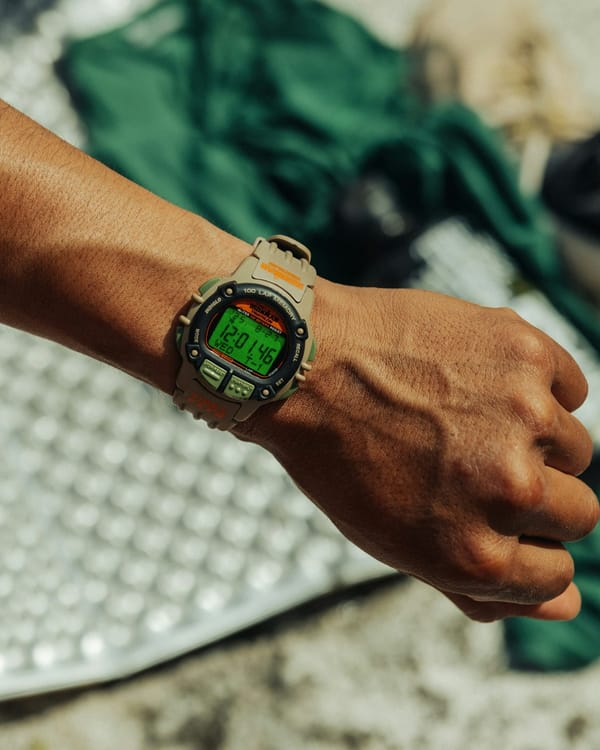Joint Mobility is Key to Building Strength without Injury
When it comes to strength training and bodybuilding the desired traits of training usually include raw strength, power, speed and putting on muscle mass. Mobility, how well your joints move, is often left by the wayside or confused with flexibility. Mobility, however, is key to developing strength and size efficiently while avoiding injury.
The first thing to address with mobility is that it is different from flexibility, the two are often confused. Think of mobility as your range of motion around a joint. One of the components of mobility is flexibility, it’s difficult to move a joint if the muscle connected to it won’t stretch far enough to allow it, but there are other considerations besides flexibility that play into the mobility equation. Mobility is also affected by strength, or a lack thereof, soft tissue damage, and immobility in other joints in the same chain of movement. Remember:
Mobility: how a joint moves
Flexibility: length of a muscle
So, why do we care about mobility? To begin, joint mobility affects your joint health. If you lack mobility your body isn’t going to function properly, plain and simple. That means you’ll be at increased risk for everyday injury, pain, discomfort, etc… Over time an immobile joint compensates in ways it shouldn’t and suffers more wear-and-tear which leads to even more immobility.
The amount mobility exercises will decrease the risk of tendon or ligament injury as you progress with building muscle can’t be overstated. In strength training and especially in bodybuilding we often work in end-of-range-of-motion exercises to best target individual muscles and work them to their fullest. But end-of-range means a high possibility of injury if your mobility isn’t where it should be.
In everyday life, hip and thoracic spine mobility are something everyone who works in an office or sits for long periods lacks and is something that should be worked on. One great example of thoracic spine mobilities impact on lifting is the overhead press, an exercise which is challenging in its own right. What you’ll often see in lifters with poor thoracic spine mobility is that their overhead press looks more like a standing incline press. They’re leaned back, with their pelvis extended and they press away from the body instead of inline with it. Here’s a great video on what an overhead press should look like:
Mobility is important, and flexibility is a part of it, but that doesn’t mean you need to spend an hour every day stretching. My process has always been to find and work on the areas that I know are tight and which have a history of limited movement or injury. There’s no reason to do a head-to-toe stretching routine unless flexibility is your goal.
Common problem areas are the hips, shoulders, knees and upper back. If you’ve experienced trouble in these areas, or others, here are three key steps to help loosen them up:
Foam Rolling
Foam rolling is a self-myofascial release (SMR) technique that utilizes the concept of autogenic inhibition to improve soft tissue extensibility, thus relaxing the muscle and allowing the activation of the antagonist muscle. In layman’s terms, it relaxes contracted muscles, improves blood and lymphatic circulation, and stimulates the stretch reflex in muscles.
The technique can be highly effective for many muscles, including: gastrocnemius, latissimus dorsi, piriformis, adductors, quadriceps, hamstrings, hip flexors, thoracic spine (trapezius and rhomboids), and TFL.
Foam rolling is as simple as it sounds. It is accomplished by rolling a foam roller under each muscle group, utilizing body weight to apply force, until a tender area is found. You then maintain pressure on the problem area (trigger point) for 30 to 60 seconds.
Foam rolling can be excruciating at times. Finding trigger points and then applying pressure to them for 60 seconds hurts, but it is very effective and the hurt is very worth it. Think of foam rolling as a self-massage technique, every good massage I’ve ever had hurt as well. Eric Cressey has an awesome video to run you through the process visually:
Mobility Drills
These are exercises specifically engineered to train your range of motion and increas mobility. A great example is MobilityWOD which provides a ton of information and drills to increase mobility. You can use the site to search the body part you are having trouble with and an appropriate set of exercises will appear to help you out.
Here’s a great example of what a mobility drill for loosening the hips looks like:
Stretching

Stretching isn’t always necessary. If you’re a naturally bendy person stretching can actually make your joints more vulnerable to injury. If you’re a stiff person, like me, and flexibility is stopping you from performing exercises correctly, you may benefit from integrating a few stretches into your routine as part of your warm up with longer stretches reserved for after your workout.





